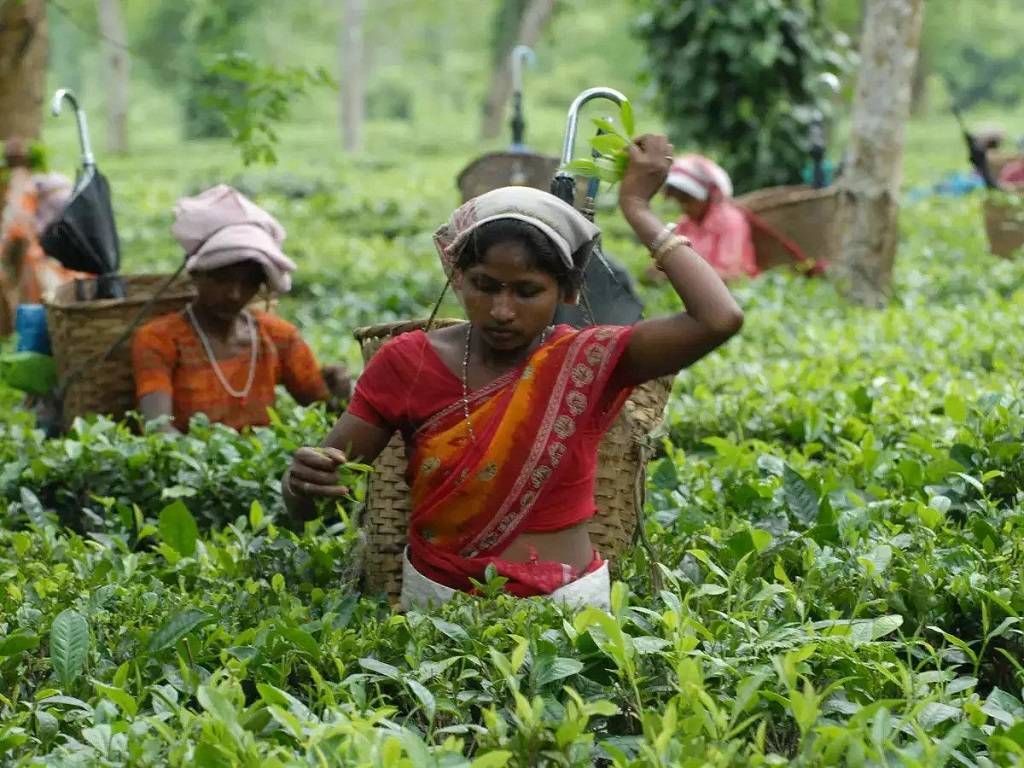
According to representatives of a tea planters' organization, the continuous rain triggered by the southwest monsoon in north Bengal and neighboring Assam during the end of last month has hit hard the tea industry of both states.
Members of the Tea Association of India (TAI) claim that the downpour has reduced tea production in various tea belts to a decline of 11% to 21% in June compared to the same time last year.
As a result of the higher yield at the plantations, June is one of the months when production reaches its peak. However, there has been a reduction in productivity as a result of the downpour, which also caused floods in several areas of Assam and damaged some tea estates in north Bengal, according to Prabir Bhattacharjee, secretary general of the Tea Association of India.
According to comprehensive data released by the organization, it has rained more frequently in the majority of these two states' tea belts, which together produce around 81 percent of all Indian teas.
According to a tea expert, “Among these areas, the highest margin has been recorded in Upper Assam where it has rained over 68 percent more in May and June”.
As a result, the production of tea has reduced by 21% in the Dooars, followed by Terai (19%), the Barak Valley (16%), and Assam (11%).
The expert says that the decreased production is also a result of the maximum temperature going down during the rain. He said, "There had been less sunshine, and some areas received no sunshine for 11 of the 30 days of the month.
The planters observed that such a productivity decline came at a time when Bengal's daily tea wage has been revised by Rs 30.
Additionally, there was a 15% drop in auction prices in May in Assam, the Terai, and the Dooars, according to Bhattacharjee. India’s tea industry has been struggling with issues such as rising input costs, relatively stagnant consumption, and subdued prices. India’s tea sector employs around 1.2 million workers and contributes 23 percent to the global output.
















